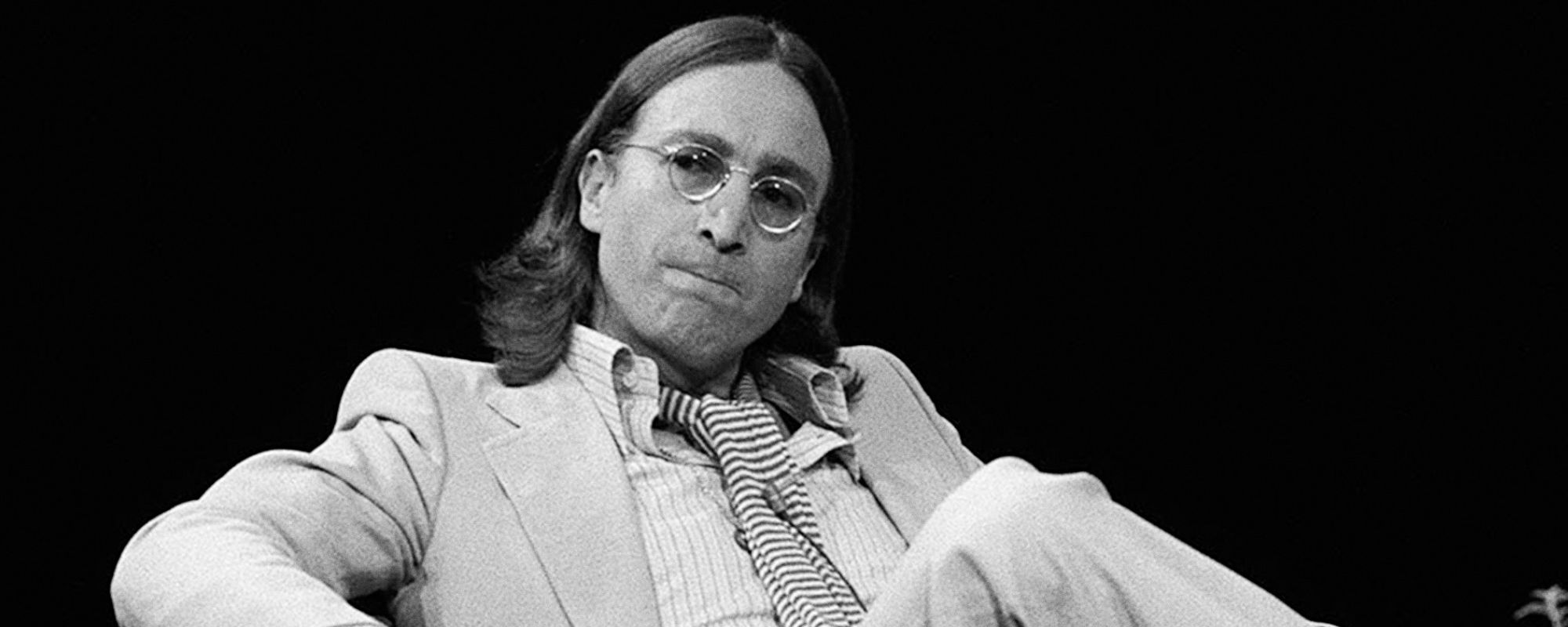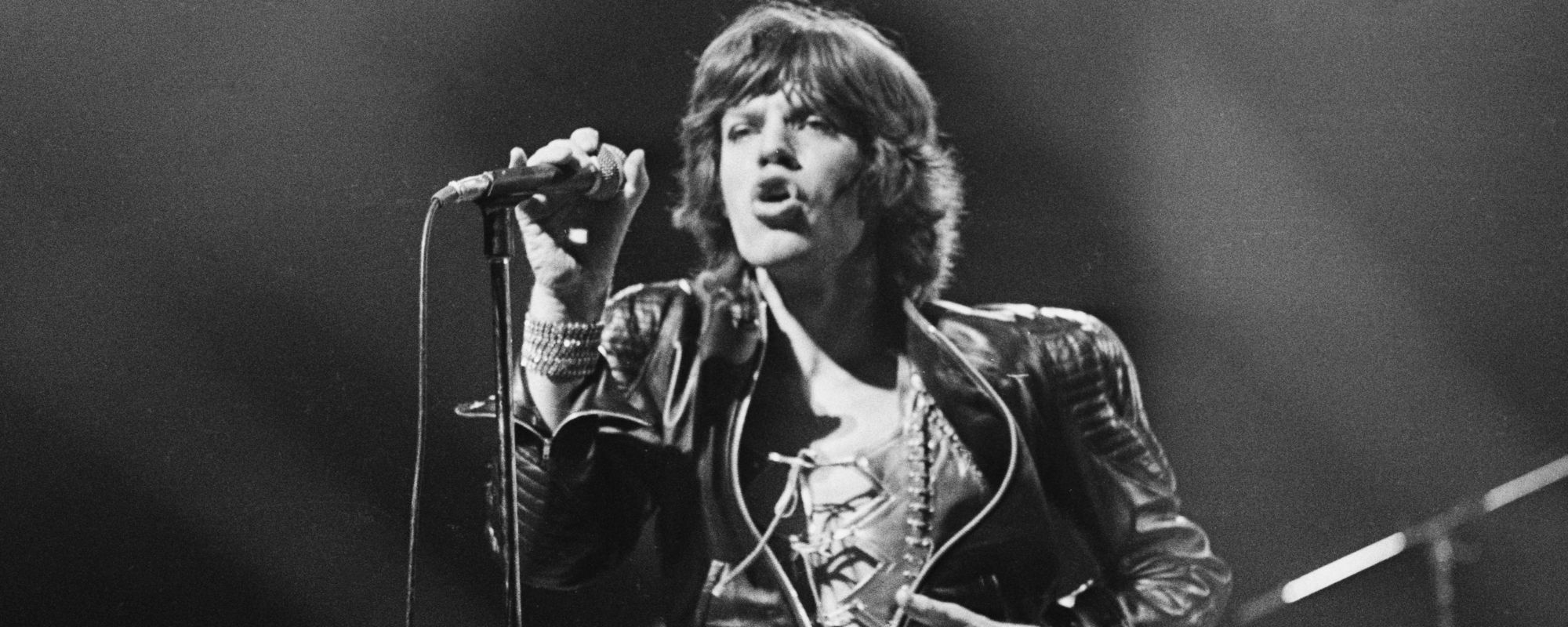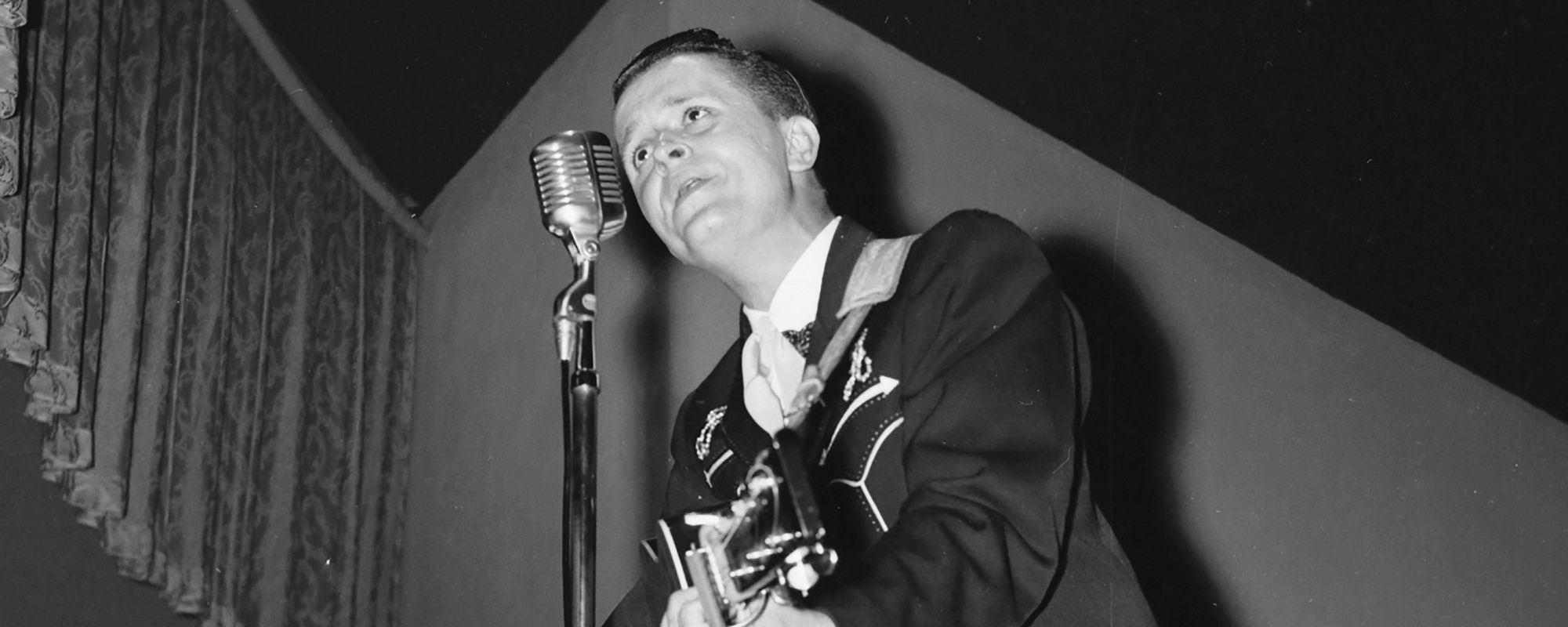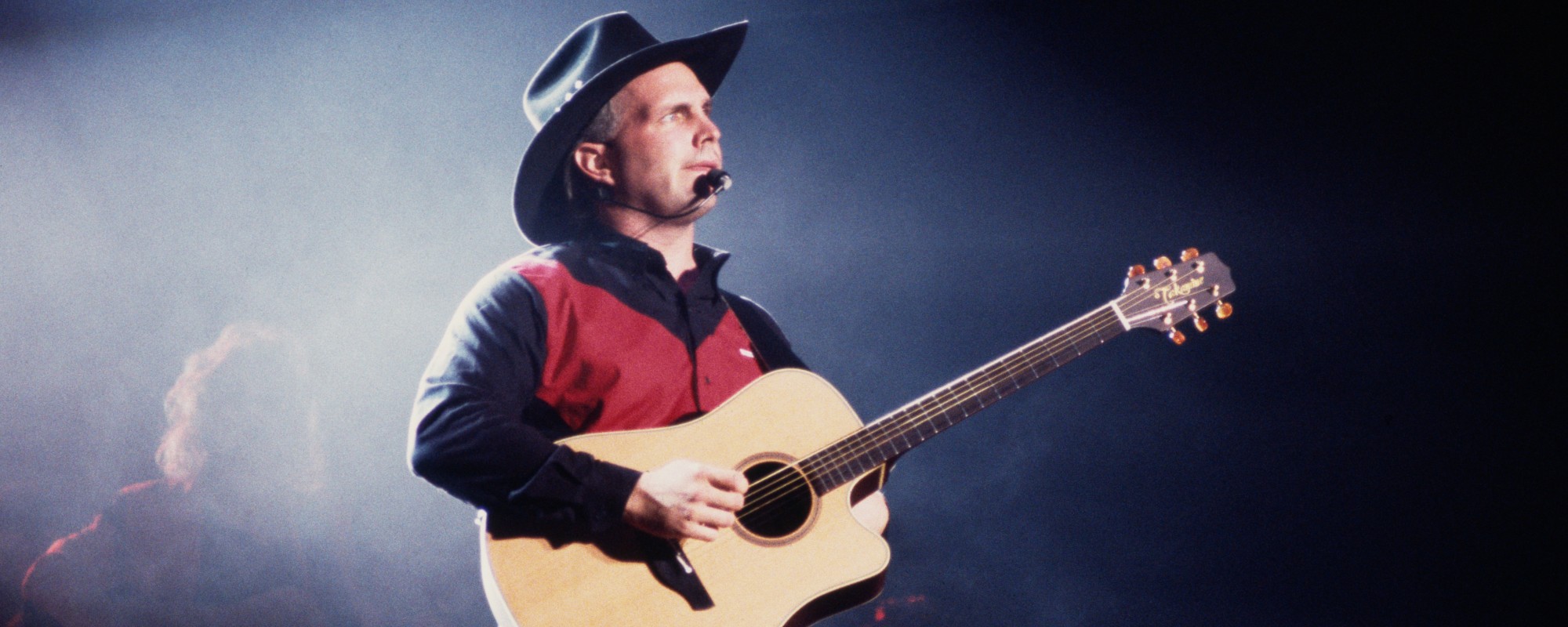Years after he was released from San Quentin State Prison after serving time for a burglary conviction, Merle Haggard went on to fervently pursue a music career. Prior to 1966, Haggard was making waves in California and helped solidify the infamous Bakersfield Sound. Though, in 1966, Haggard would record the song that would cement his place in country music. That song was “I’m a Lonesome Fugitive”, and it was recorded on this day, August 1, 1966.
Videos by American Songwriter
Before recording and releasing “I’m a Lonesome Fugitive”, Haggard had released singles such as “Singin’ My Heart Out”, “Life in Prison”, “Branded Man”, and “(My Friends Are Gonna Be) Strangers”. While they were successful songs, they didn’t etch Haggard’s name in the memory of the masses. However, that changed, and it changed with the help of Liz Anderson and Casey Anderson.
For a bit of context, Liz and Casey Anderson were a married couple and a prominent songwriting duo in Nashville during the 60s. They wrote songs for Jerry Lee Lewis, Roy Drusky, Conway Twitty, and several others. Needless to say, they had the power and talent to turn a humble string-pickin’ into a bona fide country music star. Furthermore, they were also the parents of the No. 1 hit “Rose Garden” country singer, Lynn Anderson.
Merle Haggard Records His Most Successful Song To Date
Even though this song helped Haggard gain notoriety in Nashville, he actually recorded it in Hollywood. Specifically, on this day, Haggard took to the Capitol Recording Studio in Hollywood, California, to record what was originally titled “The Fugitive”.
Once recorded, Haggard released the single in December 1966. Subsequently, the single peaked at No. 1 on the Billboard country chart. Months later, Haggard would feature the song as the title track of his third studio album, I’m a Lonesome Fugitive, which peaked at No. 3 on the Billboard Top Country Albums.
Despite the song’s success, Liz and Casey Anderson never wrote another song for Haggard again. However, evidently, Haggard didn’t need the help. After the release of the song, Haggard went on to procure 37 No. 1 hits, 10 No. 1 albums, and a surplus of different awards. However, more importantly, Haggard went on to create music that would forever change the landscape of country music.
Haggard’s journey to super stardom was a long time in the making. And on this day, August 1, 1966, Haggard kicked the pebble that would later cause an earthquake.
Photo by Michael Ochs Archives/Getty Images












Leave a Reply
Only members can comment. Become a member. Already a member? Log in.